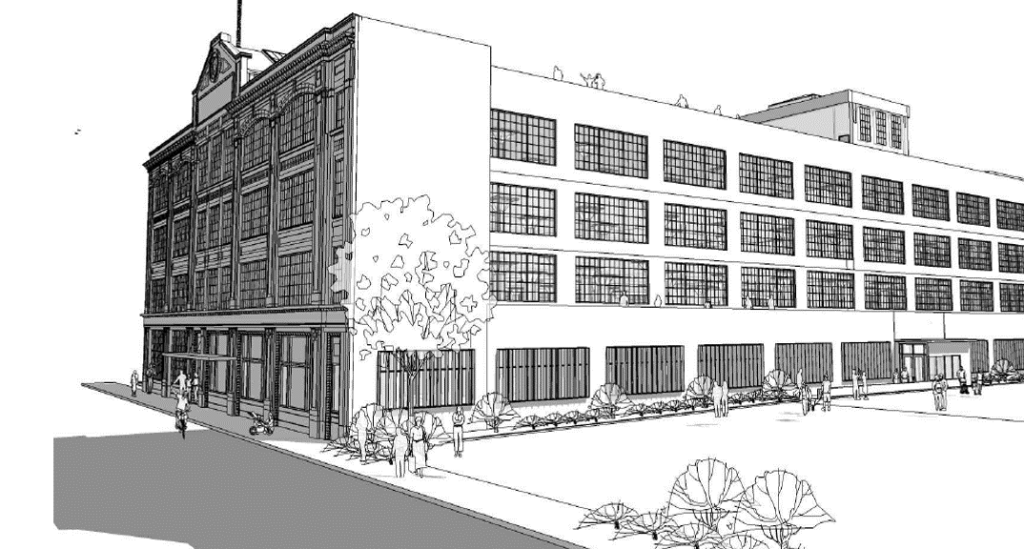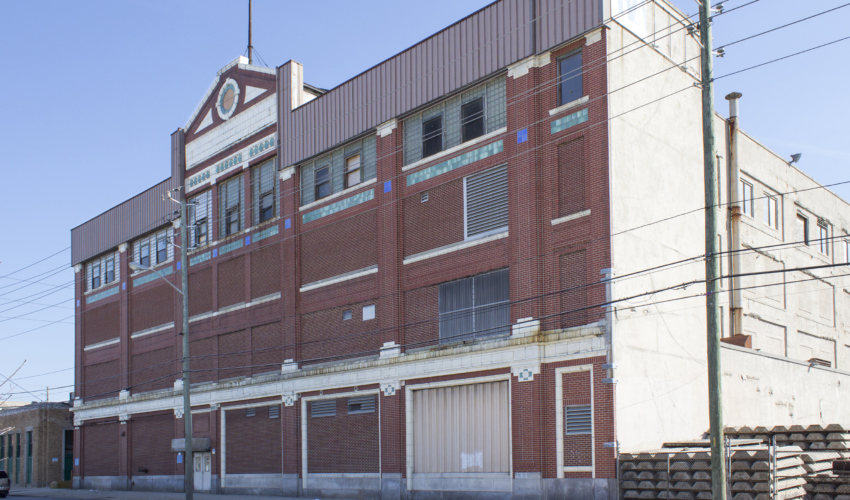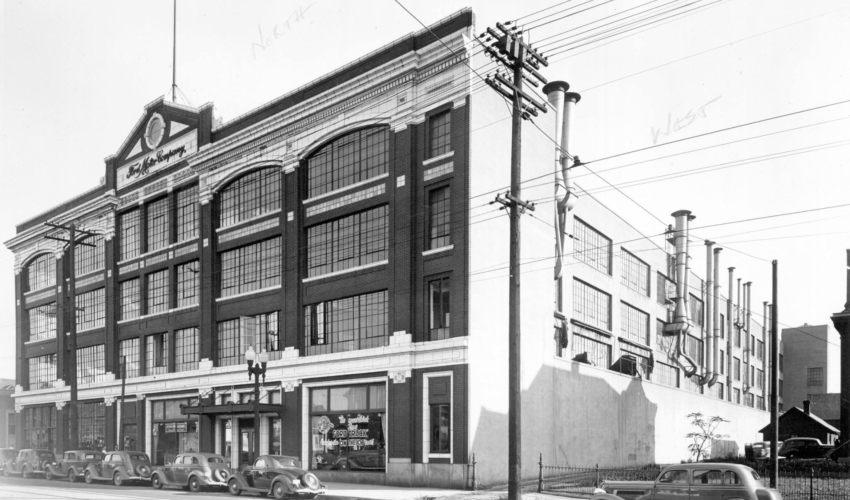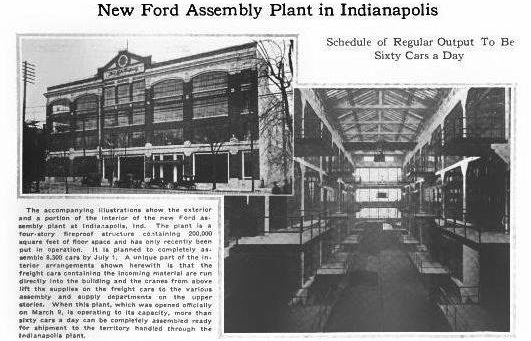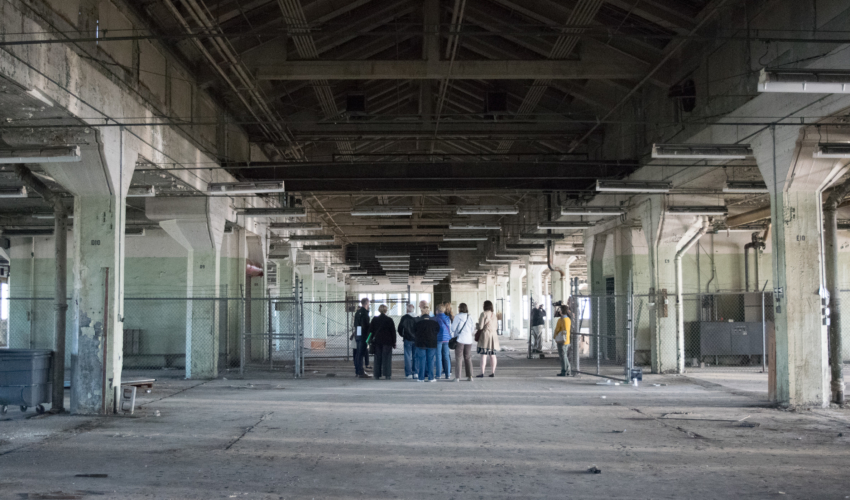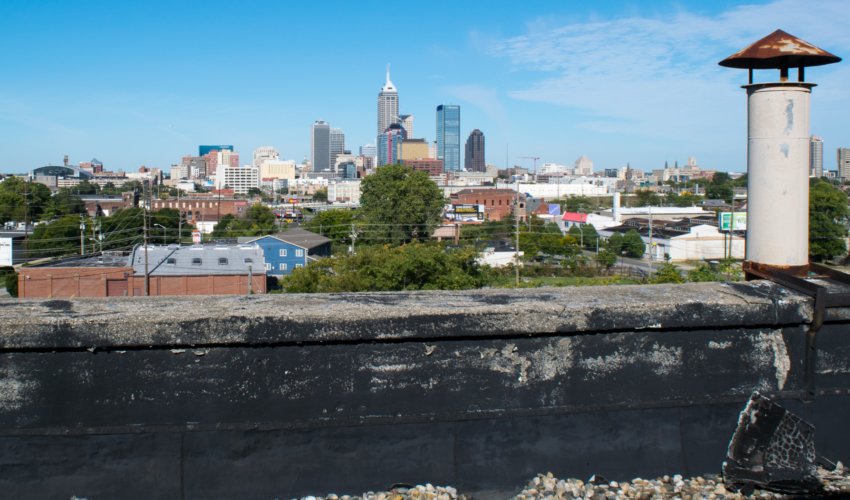NEWS
A New Future for an Indianapolis Automotive Landmark
The long vacant 1914 Ford Motor Company Plant in Indianapolis passes to new ownership this month, ensuring a sustainable future for an important automotive landmark.
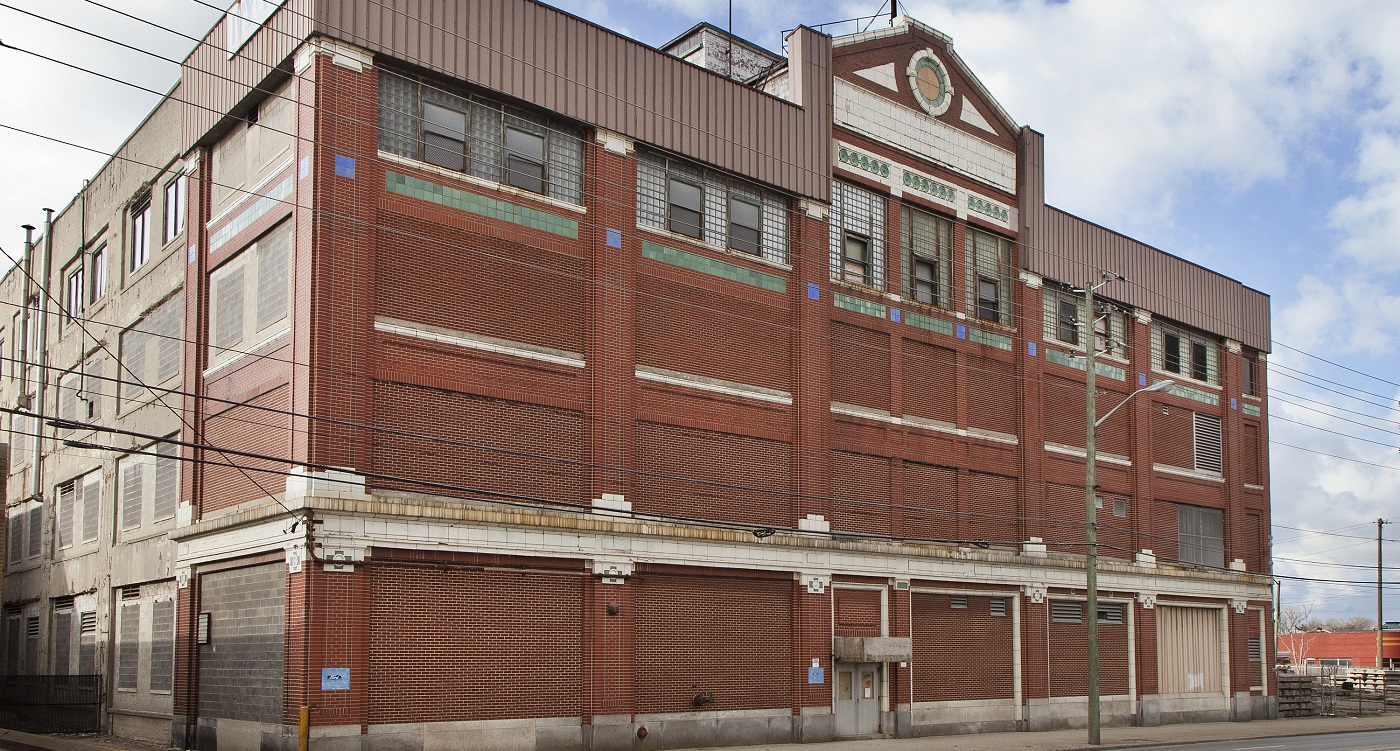
Transformation Planned for Historic Plant
Listed on Indiana Landmarks’ 10 Most Endangered in 2016, the long vacant 1914 Ford Motor Company Plant in Indianapolis passes to new ownership this month, ensuring a sustainable future for an important automotive landmark. Our advocacy to save the historic plant did just what we hoped: Former owner Indianapolis Public School moved to sell the property, selecting a proposal from TWG Development to transform the site into residential, office, and retail space. Opening in 2019, the 132 apartments will provide a mix of market rate and affordable housing with TWG’s new headquarters occupying 30,000 square feet on the first floor.
TWG’s plan includes reopening bricked-in windows to recover the original elegance of what has long appeared derelict and forbidding. In 1915 when Ford’s assembly plant opened, the immense windows were a necessity, flooding the interior with natural light as workers assembled Ford Model Ts at a speed of 50 cars a day.
Ford’s Manufacturing Innovations
Great fanfare accompanied Ford’s opening of the assembly branch. During the 1915 Indianapolis Automobile Show, the city celebrated by making the plant’s debut the main attraction. Ford supplied 350 Model Ts to chauffeur dignitaries, joined by 200 other cars, in a two-mile-long parade from the Chamber of Commerce, a block north of Monument Circle, to the facility on East Washington. While the mayor addressed the crowd, a brand-new Ford was completely assembled and then provided for his ride back to City Hall.
Seattle architect John Graham designed the reinforced-concrete factory for Ford’s expanded, de-centralized distribution network. By the 1920s, the factory’s 300 employees assembled 300 vehicles a day using parts shipped from Detroit. At its peak in 1923, the plant turned out 85,000 cars and trucks.
The Great Depression hit Ford hard, and assembly at East Washington halted in December 1932. The building continued to serve as a Ford parts service and automotive sales branch and for administrative purposes until 1942. Mallory Technical Institute later occupied the site and, in recent decades, Indianapolis Public Schools used part of the structure as a warehouse.
An Inside Look
For more insight into Ford’s local legacy and the Ford Assembly Plant, join Indiana Landmarks’ Indiana Automotive affinity group for two special events. On Thursday, November 9 we welcome Pulitzer-prize nominated journalist Russ Banham to Indiana Landmarks Center to talk on Ford Motor Company’s historic innovations. Banham is the author of The Ford Century: Ford Motor Company and the Innovations that Shaped the World, an award-winning, lavishly illustrated history of the company. On November 11, we stage a “before” tour of the vacant Ford plant prior to TWG’s conversion of the site. Both events are free to Indiana Landmarks and Indiana Automotive members and $10 per event for non-members.
Not a member or membership not up-to-date? Join or renew at indianalandmarks.org/membership.
Stay up to date on the latest news, stories, and events from Indiana Landmarks, around the state or in your area.

